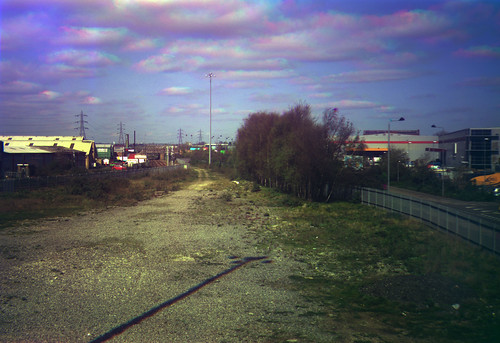 |
| Three colour process, separation negatives shot on Ilford Delta 100 with Zodel Baldalux, colour RGB image composited in Photoshop CS2 |
In my post last year, 'An Experiment with Three Colour Photography', I described the technique of using three black and white photographs to produce a colour image. For that experiment I used large format film, which meant the taking of each separate shot was inherently slowed down by the process of shooting sheet film. I also had problems when scanning the negatives to create the colour image, as I had to scan each in two halves, leaving problems with both alignment and balancing the colours in the three RGB channels. I subsequently took the tri-colour filter set with me to St Petersburg last September, but only used them for one medium format shot. By necessity this was hand held, and not much quicker than shooting large format, with the problem of holding the camera and the gelatin filters in front of the lens and then pressing the shutter button with two hands (while a stiff breeze threatened to blow the filters into the Neva river). Despite the results needing a good deal of cropping as each shot was not very well aligned through being hand-held, the very distinctive qualities of the three colour technique made me wish I had used it for a few more shots on this journey.
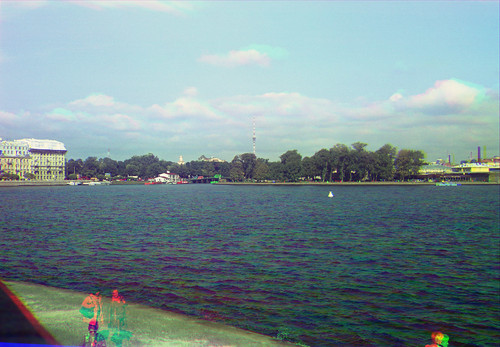 |
| Hand held three colour process, separation negatives shot on HP5 Plus with Zodel Baldalux, colour RGB image composited in Photoshop CS2 |
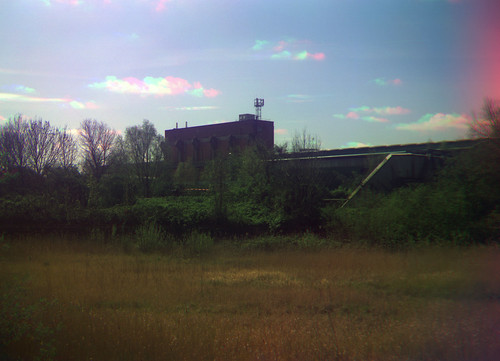 |
| Three colour process, separation negatives shot on Ilford Delta 100 with Zodel Baldalux, colour RGB image composited in Photoshop CS2 |
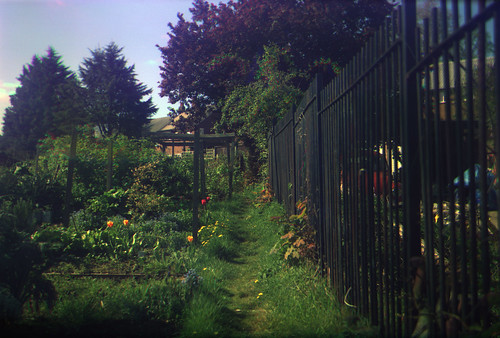 |
| Three colour process, separation negatives shot on Ilford Delta 100 with Agfa Record I, colour RGB image composited in Photoshop CS2 |
| Three colour process, separation negatives shot on Ilford Delta 100 with Agfa Record I, colour RGB image composited in Photoshop CS2 |
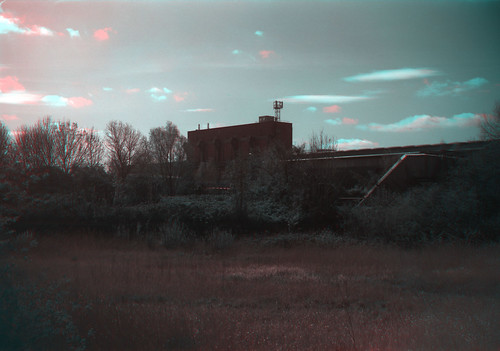 |
| Two colour process, separation negatives shot on Ilford Delta 100 with Zodel Baldalux, colour RGB image composited in Photoshop CS2 |
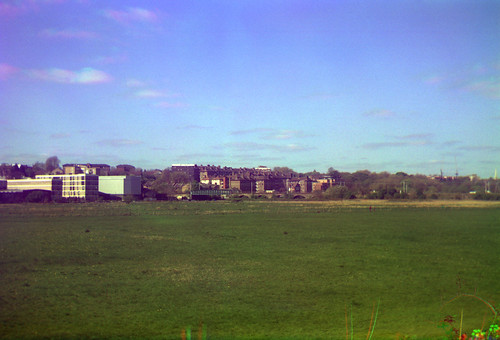
Nice experiments with Trichromy. I've done experiments with this myself and enjoyed it. There's something about the Harris shutter that doesn't appeal to me so I have a tendency to shy away from scenes with moving components. Here are some of mine on flickr:
ReplyDeletehttps://secure.flickr.com/search/?w=9093035@N06&q=trichromy
Thanks for your comment and for the link.
Delete